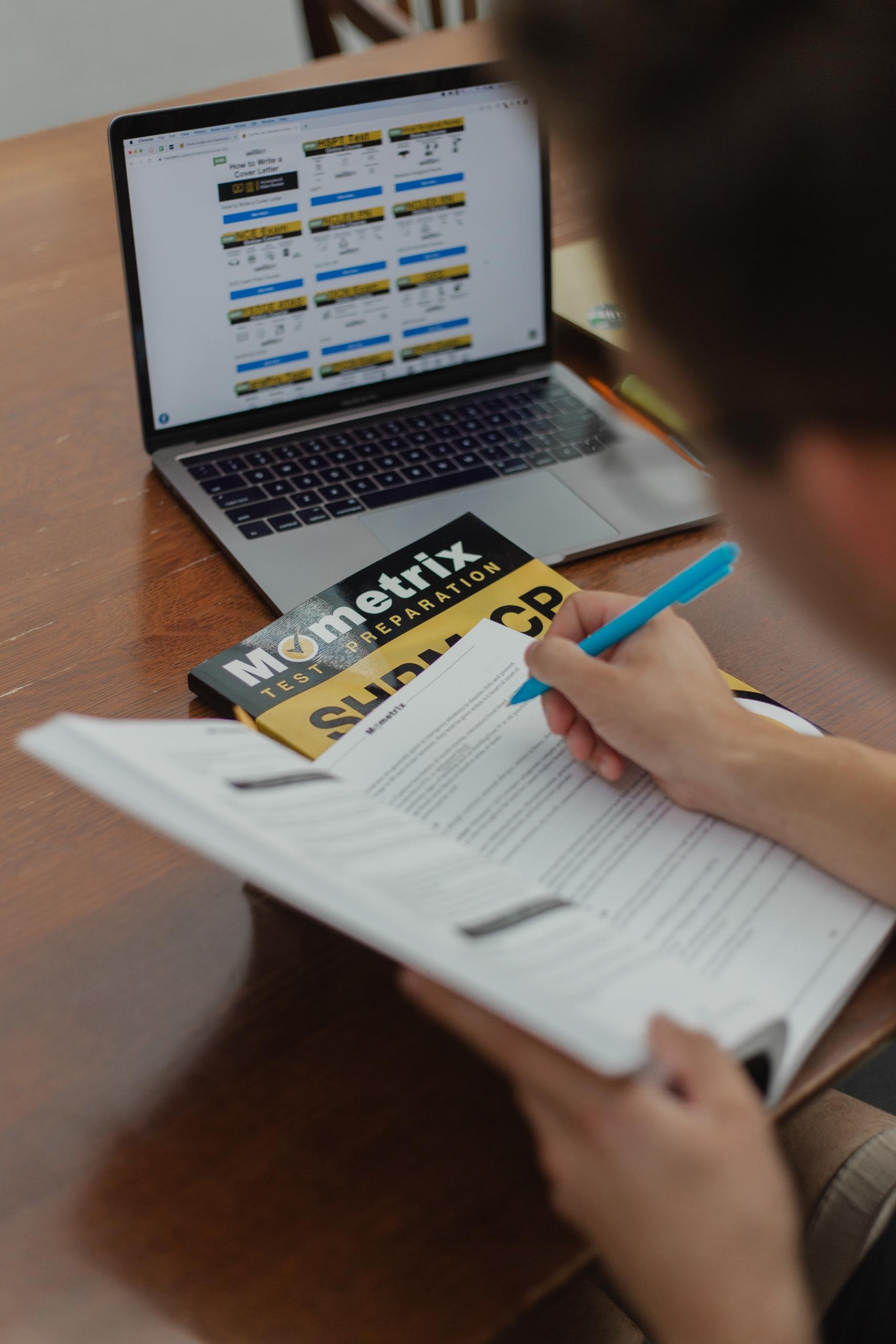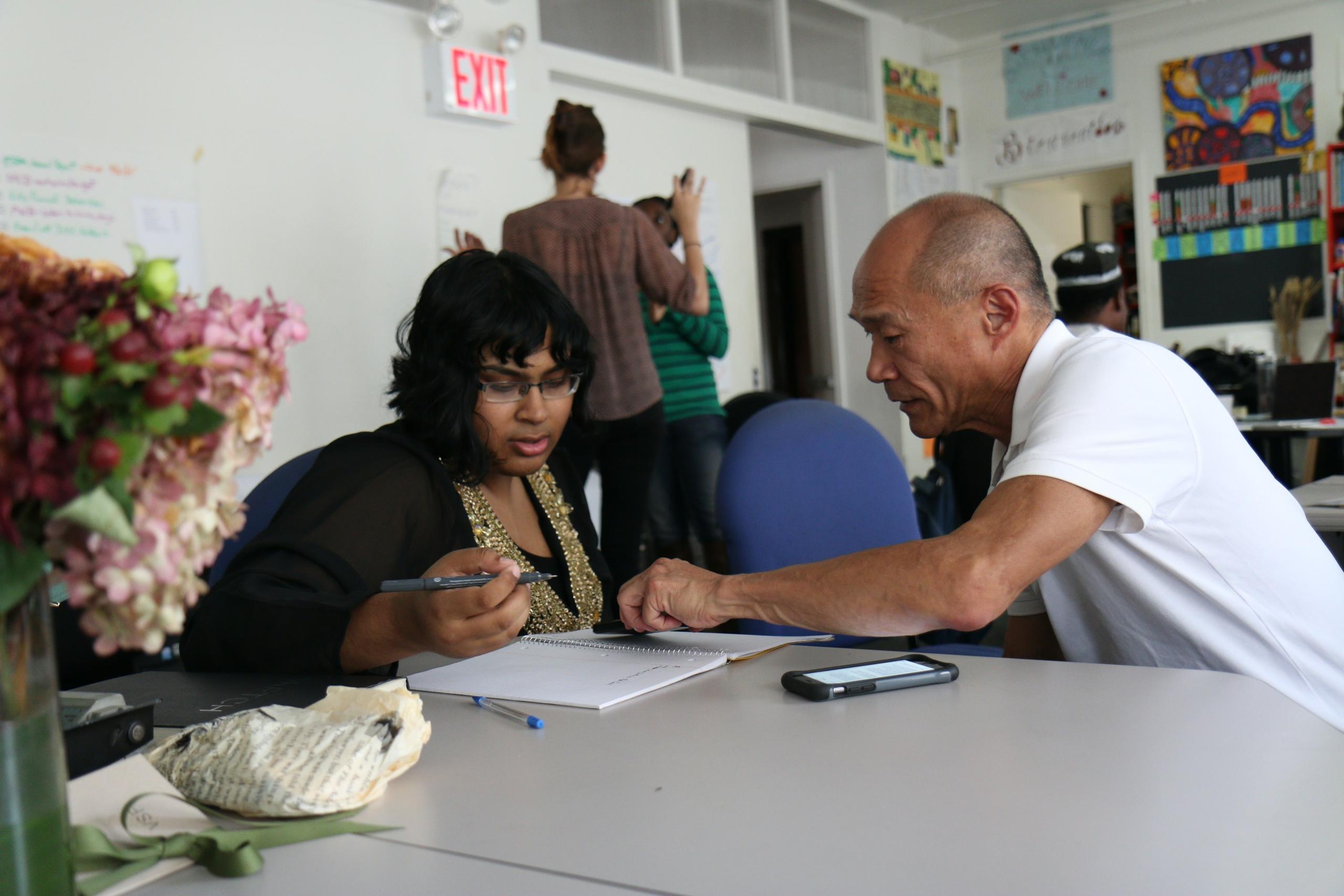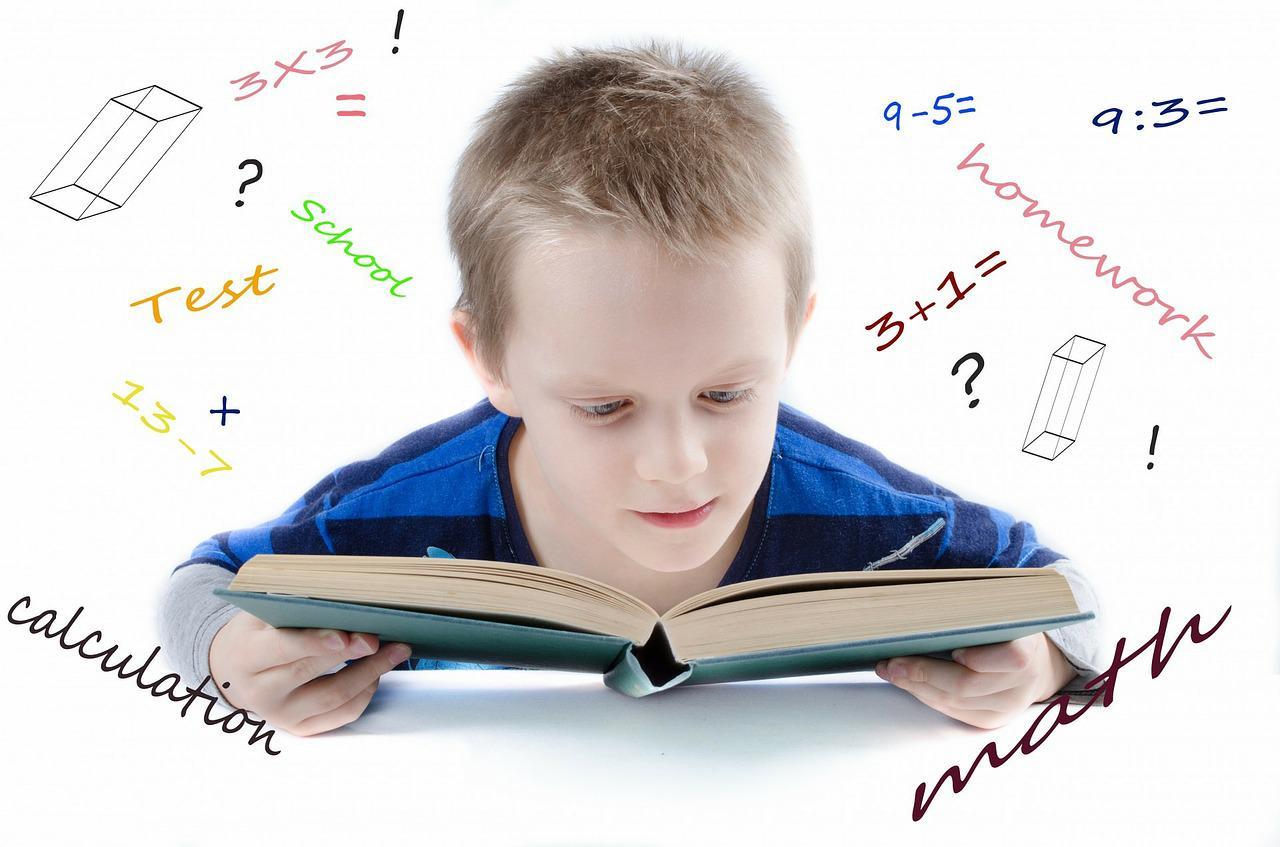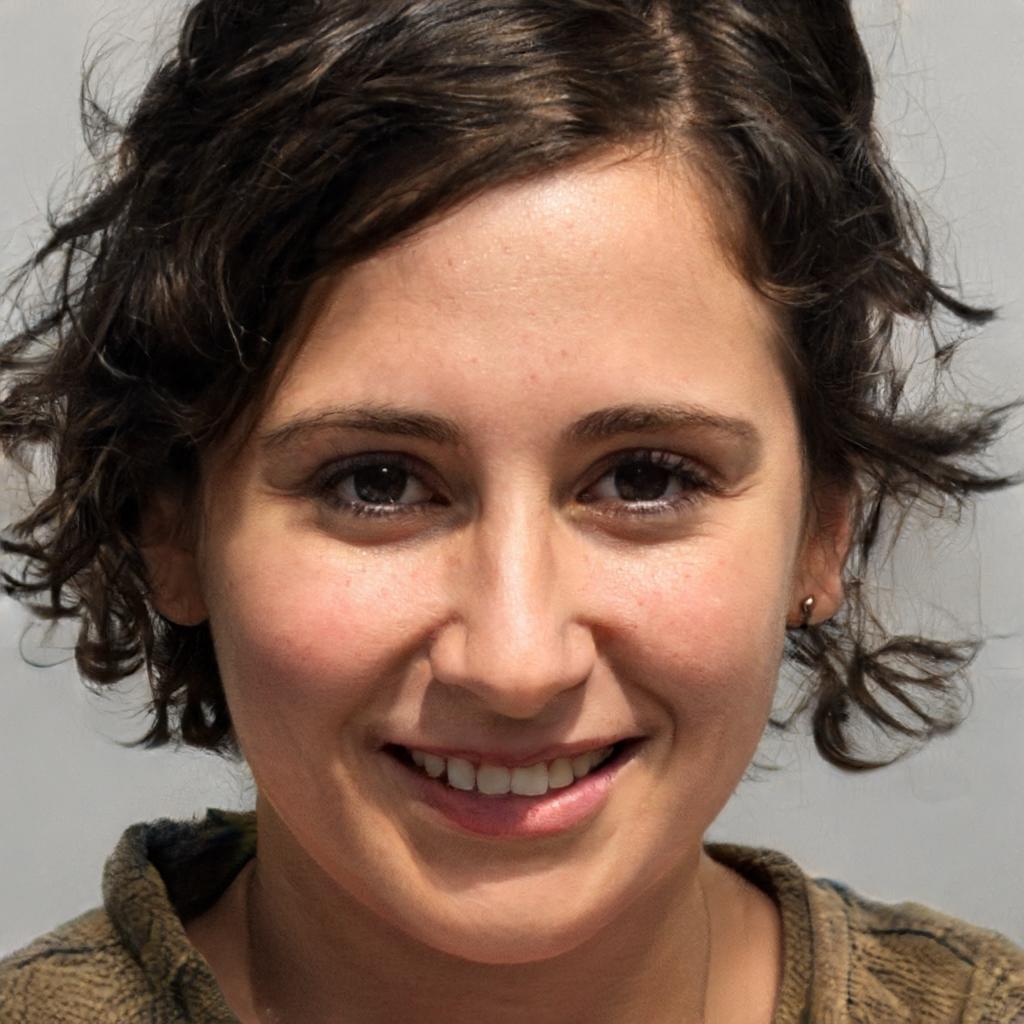Maths is an NCEA subject that high school students in Years 11, 12, and 13 can study. There are a variety of NCEA Maths classes and programmes to choose from, each covering a distinct aspect of the curriculum.
The National Certificate in Educational Achievement (NCEA) is New Zealand's primary national qualification for secondary school pupils. Universities and polytechnics use NCEA as a selection tool, and companies recognise it. Each year, you will select your curriculum from a variety of courses and subjects offered by your school. Each subject has a number of standards against which you will be evaluated. Maths is one of the important ones to pass.
"Apply algebraic processes in problem-solving," for example, is an NCEA Level 1 mathematics requirement.
"Conduct an experiment to study a situation using experimental design principles," according to an NCEA Level 3 statistics standard.
NCEA level 3 maths subjects

Unit standards and accomplishment standards are the two types of assessment standards in NCEA. All except one of the NCEA Maths standards are accomplishment standards, meaning they match the New Zealand curriculum and can be graded as Not Achieved, Achieved, Merit, or Excellence. Passing the exam can be challenging without proper preparation.
Internally, some standards are tested by the student's class teacher utilising a variety of quizzes or projects. Other criteria are evaluated by NZQA (the New Zealand Qualifications Authority) at the end of the year, either by an exam or a portfolio. Each standard is worth a certain amount of credits, which the student receives for meeting it.
If a student performs exceptionally well, they will be awarded Merit or Excellence credits, and if they regularly get high scores across numerous standards, they will be awarded Merit or Excellent for the subject or course as a whole.
91573 - Apply the geometry of conic sections in solving problems
Utilizing the geometry of conic sections will be necessary for problem-solving. This may include selecting and using techniques, demonstrating subject and vocabulary expertise, communicating through appropriate representations, or any combination of the three. You must be acquainted with the graphs and equations of the circle, ellipse, parabola, and hyperbola. As well as Normals and tangents, forms based on the Cartesian and parametric systems and conic section features and their qualities.
91574 - Apply linear programming methods in solving problems
When attempting to resolve problems, you should use linear programming approaches. This may include selecting and using procedures, demonstrating mastery of geometric concepts and terms, communicating using appropriate representations, or any combination of the aforementioned tasks. Inequalities in a linear space are a topic with which you should be familiar. maximising efficiency in feasible areas. This may involve one or more of the following: selecting and carrying out a logical sequence of steps; connecting different concepts or representations; demonstrating understanding of concepts; forming and using a model, as well as relating findings to a context; or communicating thought using appropriate mathematical statements.
91575 Apply trigonometric methods in solving problems
You will need to make use of trigonometric procedures while engaging in substantial amounts of abstract reasoning in order to complete the tasks at hand. This requires one or more of the following: developing a strategy to investigate or solve a problem, identifying relevant concepts in context, developing a logical chain of reasoning or proof, or developing a generalisation, as well as utilising correct mathematical statements or communicating mathematical insight. In addition, this requires the ability to form a generalisation.
91576 Use critical path analysis in solving problems
This involves the actions that make up a project being sequenced in the proper order, the identification of essential tasks and critical pathways via the use of forwarding and backward scans, and the optimum scheduling of activities through the use of float times. This requires one or more of the following: formulating a generalisation while also utilising correct mathematical statements; developing a chain of logical reasoning; developing a proof; forming a generalisation while also utilising correct mathematical statements; communicating mathematical insight.
91578 Apply differentiation methods in solving problems
This could involve choosing and using methods, showing mastery of geometric ideas and words, communicating with the right pictures, etc. You should know about power derivatives, exponential functions, logarithmic functions (only based on base e), derivatives of trigonometric functions (including reciprocals), optimization equations, maxima and minima, points of inflection, and associated rates of change, properties of graphs like the chain rule, product rule, and quotient rule, and derivatives of parametric functions (limits, differentiability, continuity, concavity).
91579- Apply integration methods in solving problems
There are a lot of ways to solve both hard and easy integration problems in calculus. First, we have to figure out what kind of integral needs to be integrated. Then, we can choose the integration method that will help us solve the integral problem the best. You should be able to choose and use different integration and anti-differentiation techniques on functions and relations using both analytical and numerical methods. You should also be able to write differential equations and figure out what the answers mean.
91587- Apply systems of simultaneous equations in solving problems
You will need to use relational reasoning and systems of simultaneous equations to solve the problems. This requires one or more of the following: choosing and carrying out a logical sequence of steps, connecting different concepts or representations, showing understanding of concepts, making and using a model, and also relating findings to a context, or communicating thinking using appropriate mathematical statements.
You can also follow past papers to understand the kind of questions that will come.


Assessments for NCEA Level 3 maths
You earn credit by demonstrating proficiency in both the NCEA Level 3 maths internal assessments that take place throughout the year and the NCEA Level 3 maths external examinations that take place in November and December.
At the beginning of the school year, you will be given a course outline for each of your subjects. This outline will tell you which standards are being assessed during each term, how many credits each standard is worth, provide you with a general idea of when the assessment will take place, and describe the method by which the standard will be evaluated. The specific dates of each assessment will be confirmed to you by your lecturers. Some assessments may be ongoing, while others may take the shape of practicals, speeches, examinations, and so on.
You will be prepared to continue your education in mathematics, pure and applied sciences, or engineering at the postsecondary level if you successfully complete this course. Calculus will be the major focus of the class; however, you will also cover topics related to algebra and trigonometry, as well as the manipulation of real and complex numbers, geometry, and conic sections. The course is designed to prepare students for college-level work in calculus. You have the flexibility to choose up to 24 credits' worth of achievement criteria based on your own preferences, and the maximum number of credits you may earn is 24.
If you are able to provide accurate responses to all of the questions, you will be given the opportunity to demonstrate accomplishment at all three levels of performance, namely achievement, achievement with merit, and achievement with excellence. It's likely that just giving answers that are accurate won't be enough to indicate that you've attained the level of thinking required by the standard. This is something to keep in mind.
Students need to have at least 16 credits at Level 2 and must have completed all of the external assessments in Calculus and/or Statistics during their senior year.
To advance to the next level of the NCEA, you must have earned a total of 80 credits. In spite of this, there is a set of requirements that must be satisfied in order to enrol in any of the courses offered in Years 12 and 13, and many university programmes need a specific minimum number of credits earned in certain subjects. In addition, there are prerequisites that must be met in order to enrol in some classes throughout years 12 and 13.
Make use of online resources
Many NCEA teachers and schools make their notes available online. Some are only for internal use by their own students, while others are public and accessible to anyone. Make good use of your teacher's notes and worked examples if they are made available online. If they don't, you can look online to see what's available.
Students can also find free NCEA maths resources or tutorials on some tutoring and revision websites. There are a variety of resources and help available, including NCEA tutorial videos, written texts, and textbook eBooks. You have to understand the types of questions that will come in the exam.
One such resource is Superprof!
A maths tutor is an excellent choice for students who prefer to learn through conversation and discussion, or who need to see problems worked out for them several times before attempting them on their own. You don't have to be having trouble with math to hire a tutor. A tutor can also assist students who excel in a subject in their pursuit of Excellence, or students who wish to take the Scholarship exams.















